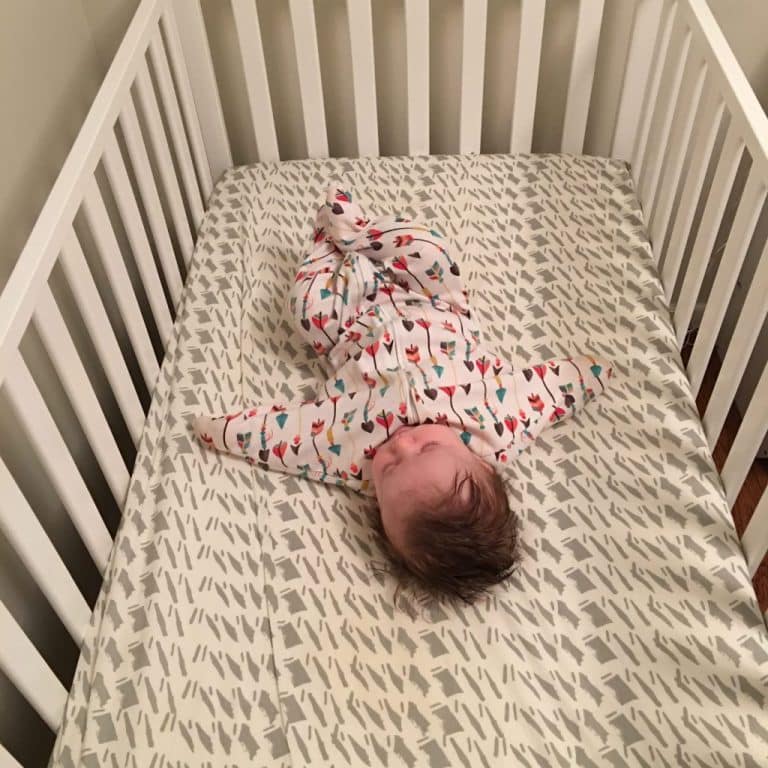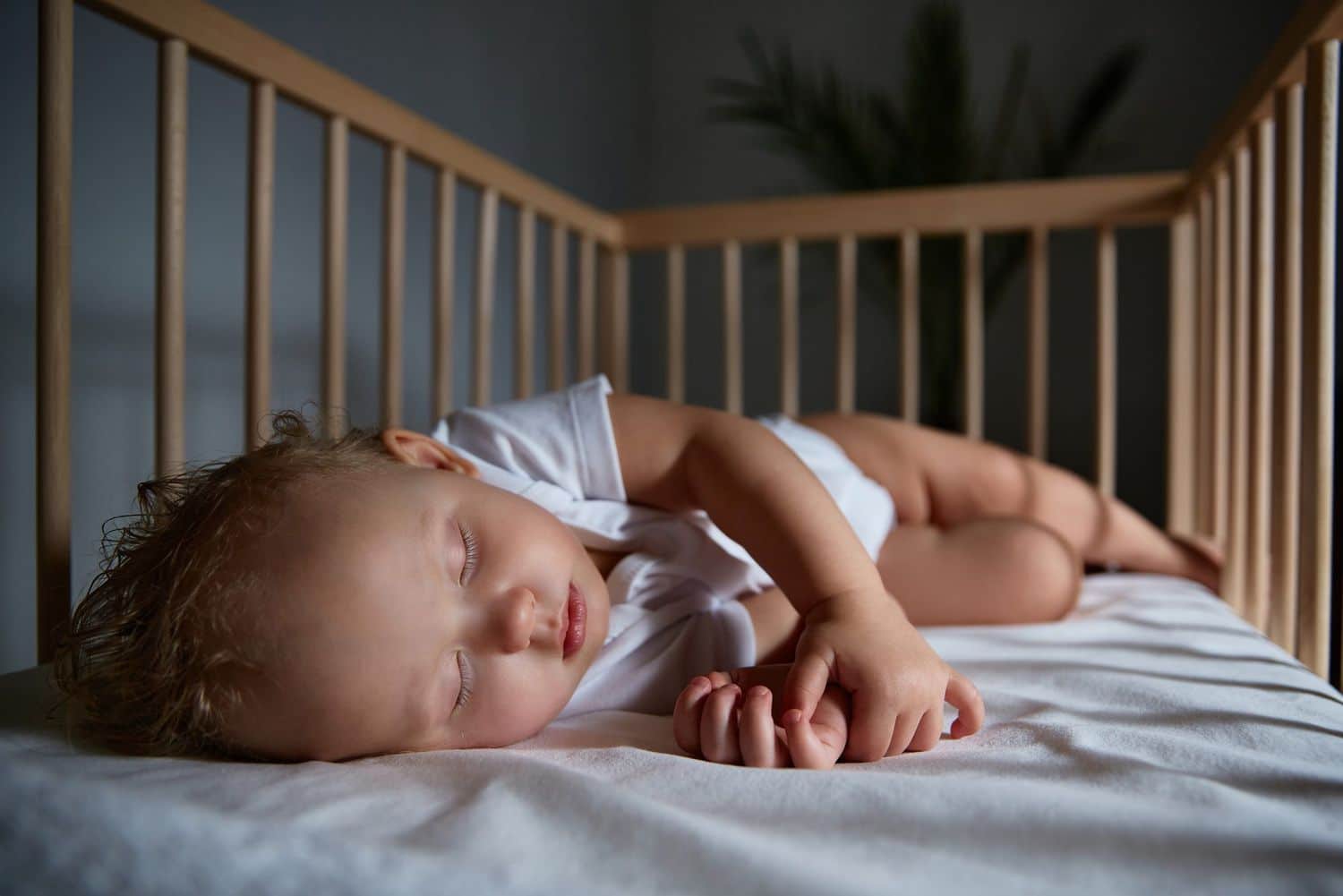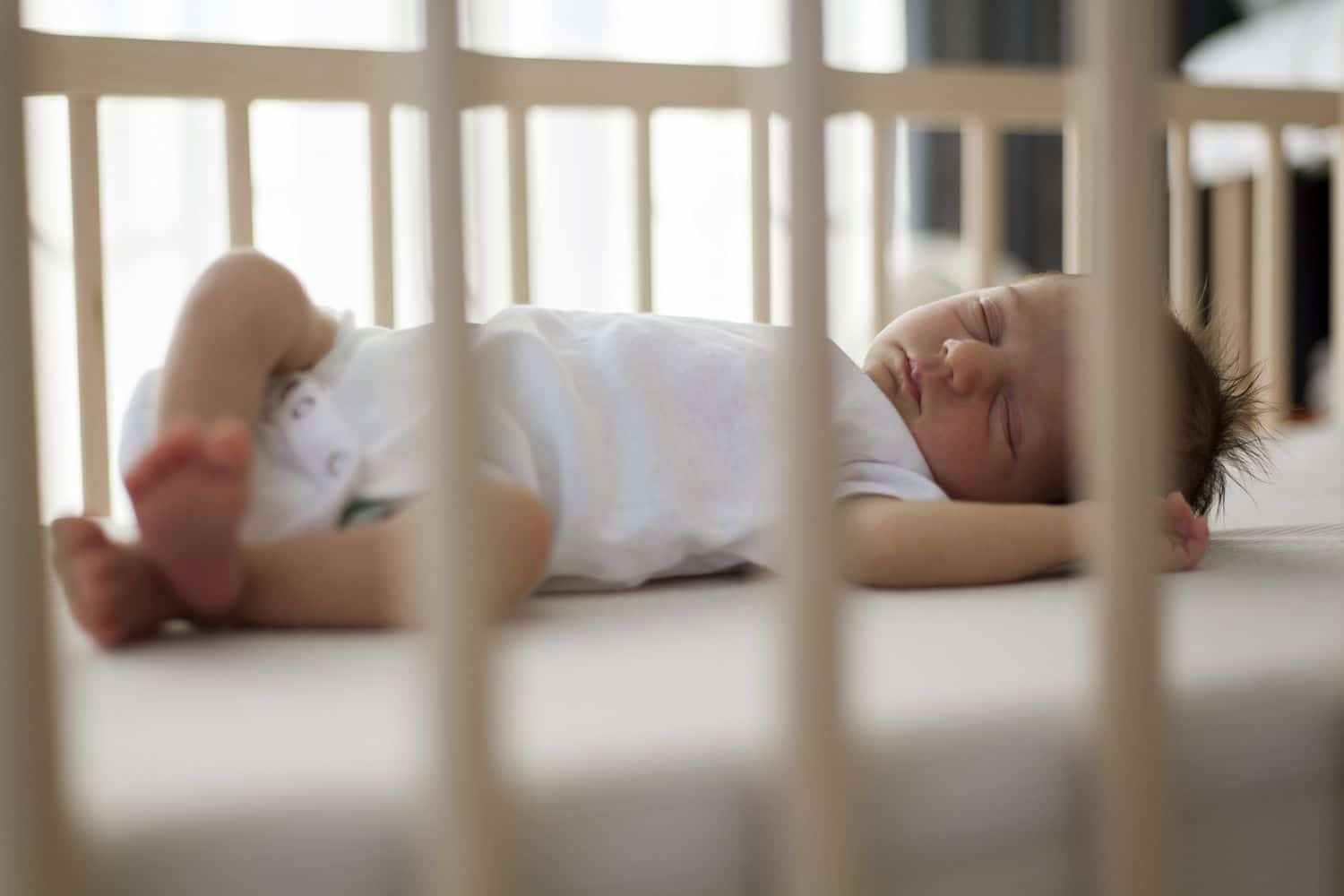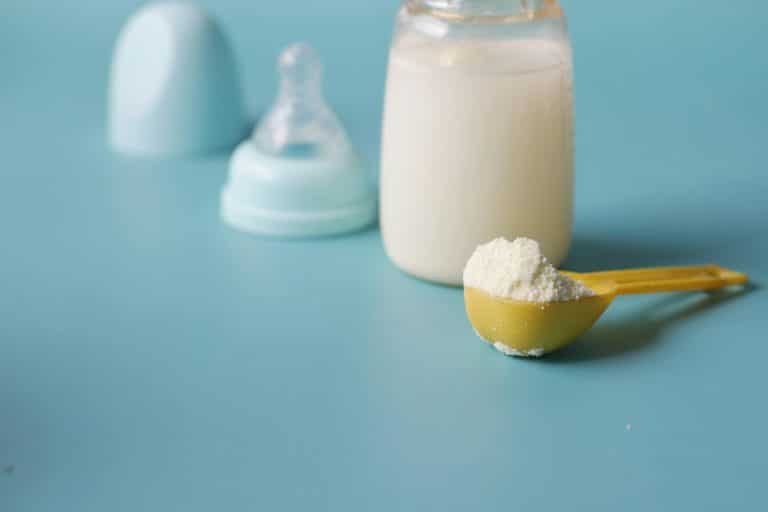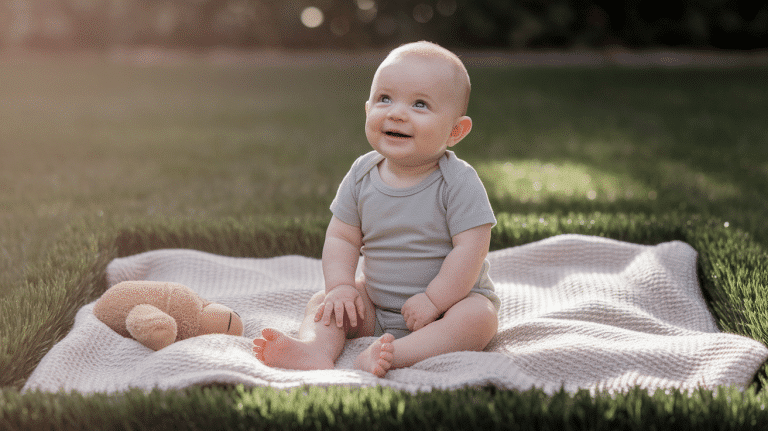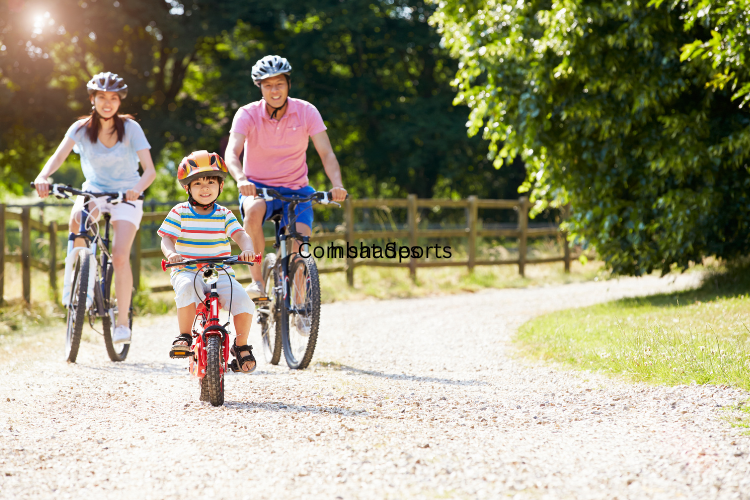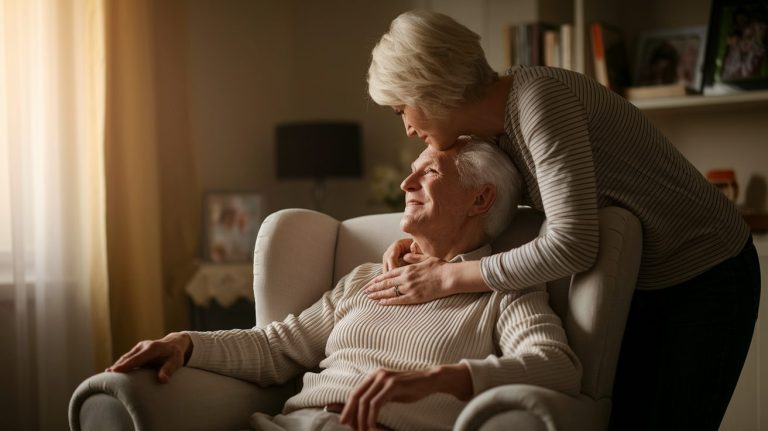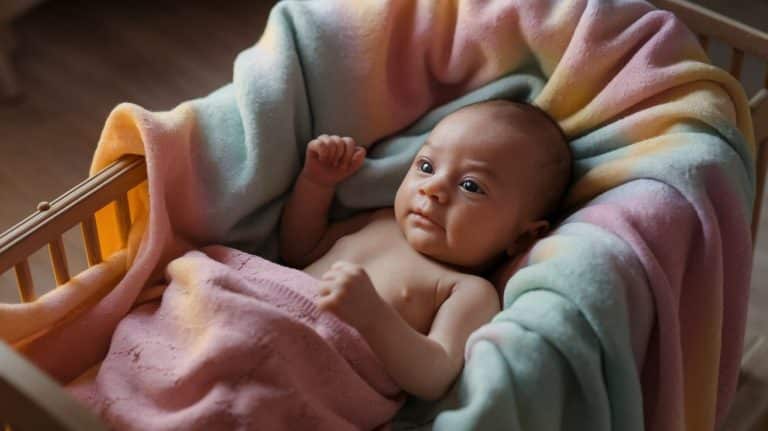Every parent, guardian, and even caretaker greatly prioritizes the well-being of infants. Isn’t it? There are many aspects, but the essence of a safe sleeping environment for infants is unmatched.
We all know the sleep environment greatly impacts infants’ health and development. Therefore, we developed this article to ensure your little one’s dream is safe.
While browsing till the end, we’ll discover key components of secure sleep for your little one. It includes everything from the importance of proper sleeping position and making a perfect environment to choosing the right sleep surface.
Stay with us to know all the nuances crucial for your little one’s sweet dreams.
Best Ways to Make the Perfect Sleeping Environment
The most common fear of new parents is Sudden Infant Death Syndrome (SIDS), and what can reduce the risk of SIDS is a good sleeping environment.
Here are some ways to opt for to make a perfect sleeping environment for an infant.
1. Use an Infant Crib for Your Kid
The first step to creating a safe environment for your kid is having a crib near you. Avoid sleeping your child on a mattress, sofa, or couch; opt for a crib.
Also, don’t put your kid’s crib alone in the beginning years. Make sure it’s near you to help you have an eye all the time, preventing incidents like a baby falling off the bed.
2. Back Sleep Position
For beginning years, let your kid sleep on his/her back. Also, ensure the place is flat and firm rather than being hard or not flat.
A back sleep position can help reduce SIDS problems; therefore, this must be considered while creating a safekeeping environment.
3. Create a Quiet Environment
Keep your baby with yourself in a crib, but ensure that the environment is quiet, dark, and slightly cool while sleeping.
Try to opt for a constant bedtime routine for your baby as it would contribute to comforting him/her.
Do’s and Don’ts to Keep in Mind
Sleeping is an important factor for infant growth, so it’s necessary to consider some essential aspects.
To reduce the vulnerabilities, having some Do’s and Don’ts in mind is essential while creating a perfect sleep environment for your kid.
Do’s
1. Establish a Constant Bedtime
Try to keep a constant routine according to your kid’s comfort. Having constant naps every day in between can be good. Also, let your baby fall asleep independently as they learn to comfort themselves.
2. Have Your Baby’s Crib Clear
Having a clear crib can help to reduce any discomfort your kid may have. Also, a clear crib helps to give your baby more space and comfort.
3. Maintain a Slightly Cool Environment
Overheating can increase the risk of Sudden infant death Syndrome. One more layer of cover than you is required to keep your baby comfortable in the same environment.
Therefore, it’s important to restrain your baby from an overheating environment.
Don’ts
1. Don’t Expose Your Kid to Cigarette Smoke
Ensure when you are in your pregnancy, your kid doesn’t get exposed to cigarette smoke as it would contribute to bad health. Moreover, this can increase the risk of SIDS in kids.
2. Avoid Thick Covers or Surface
Thick surfaces to sleep or thick covers should be avoided as they can lead to discomfort and suffocation. Having your baby in its crib with a flat and firm surface is best.
3. Don’t Force Back to Sleep Position After a Certain Period
As soon as your baby can roll over on his/her own, you don’t need to force them to be constantly in the back sleep position.
Before your kid can roll over, no items should be used to keep them in a back sleep position.
Necessity of Creating a Safe Sleeping Environment
Parents are responsible for ensuring proper sleep and a proper sleeping environment. Several vulnerabilities arise when kids sleep.
Sleep is an important factor that contributes to and can affect an infant’s growth and development. Following certain steps can help your baby have the perfect sleeping environment.
A perfect sleeping environment can contribute to better comfort and growth. Ultimately, giving infants a safe sleeping environment can help promote well-being and healthy development.
Conclusion
Creating a safe sleeping environment for infants is essential for their proper growth. It goes beyond merely ensuring a good night’s sleep.
Therefore, as parents, guardians, and caretakers, we must care for everything necessary for little ones to rest and grow. By taking up the practices mentioned above, you provide them additional comfort and create a healthy future.
Commit to yourself to stick to these habits until your infants become adult toddlers. If you didn’t understand anything, we’re a comment away.
We will ensure that we respond promptly with an effective solution. We would love it if you shared your secret to creating a safe sleeping environment.
Frequently Asked Questions
What is the Best Sleeping Involvement for Infants?
The best way to create a safe sleeping environment for infants is to place your baby on its back on a firm mattress with no soft bedding or toys.
You should use a fitted sheet and maintain a comfortable temperature.
Is It Good to Use Crib Bumpers?
While crib bumpers can prevent your baby from hitting its head, they simultaneously pose a suffocation risk. It’s better to use a clutter-free crib with only a fitted sheet.
Further, a firm mattress with gentle inclination is good to protect your baby’s head, but only on a healthcare professional recommendation.
Are Sleep Positioners Safe for My Infant?
No, it’s not advisable at all to use sleep positioners. They might lead to an increased risk of Sudden Infant Death Syndrome.
It’s best to place your baby on your back while sleeping. If any issues persist, consult your pediatrician.

